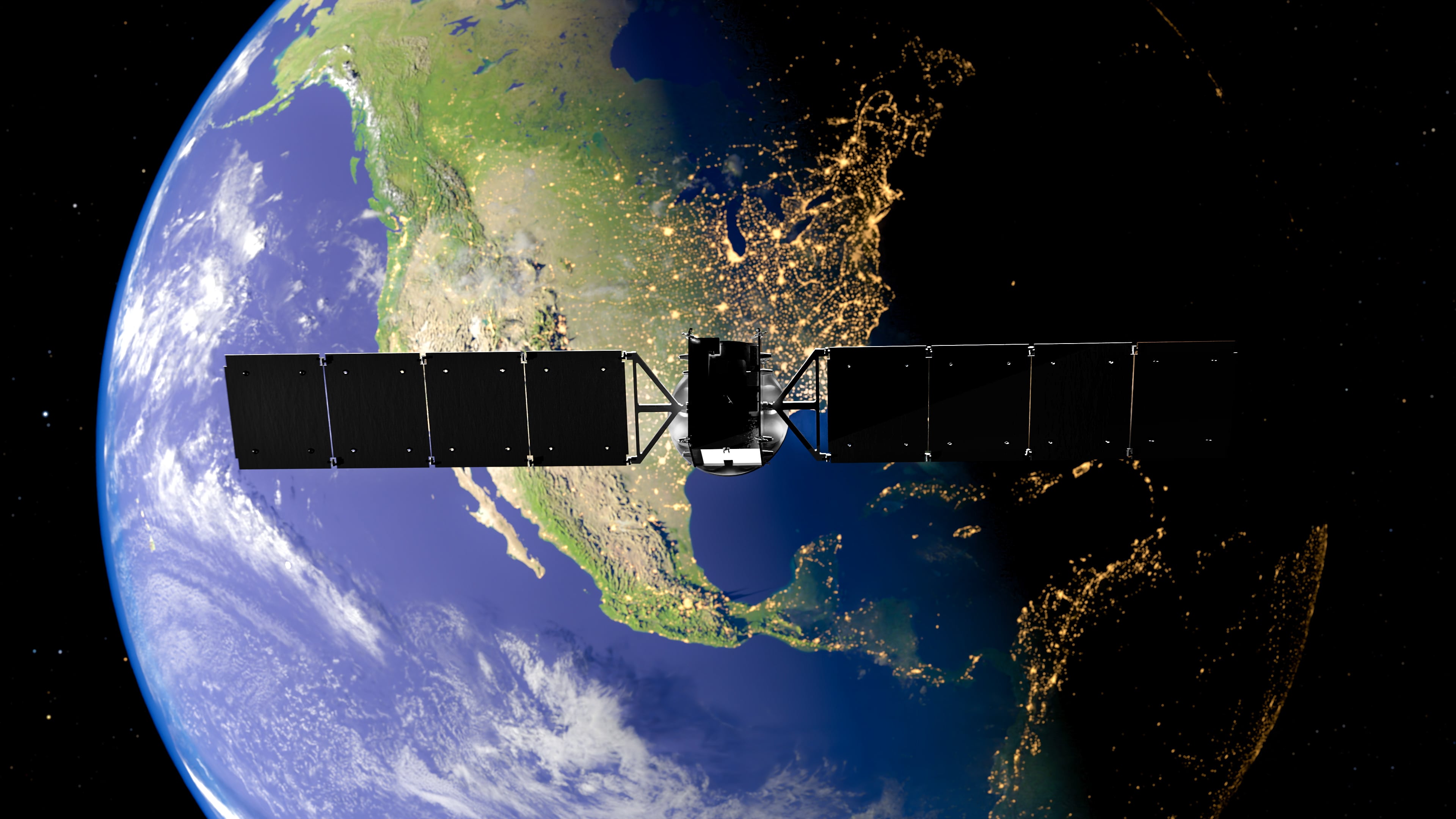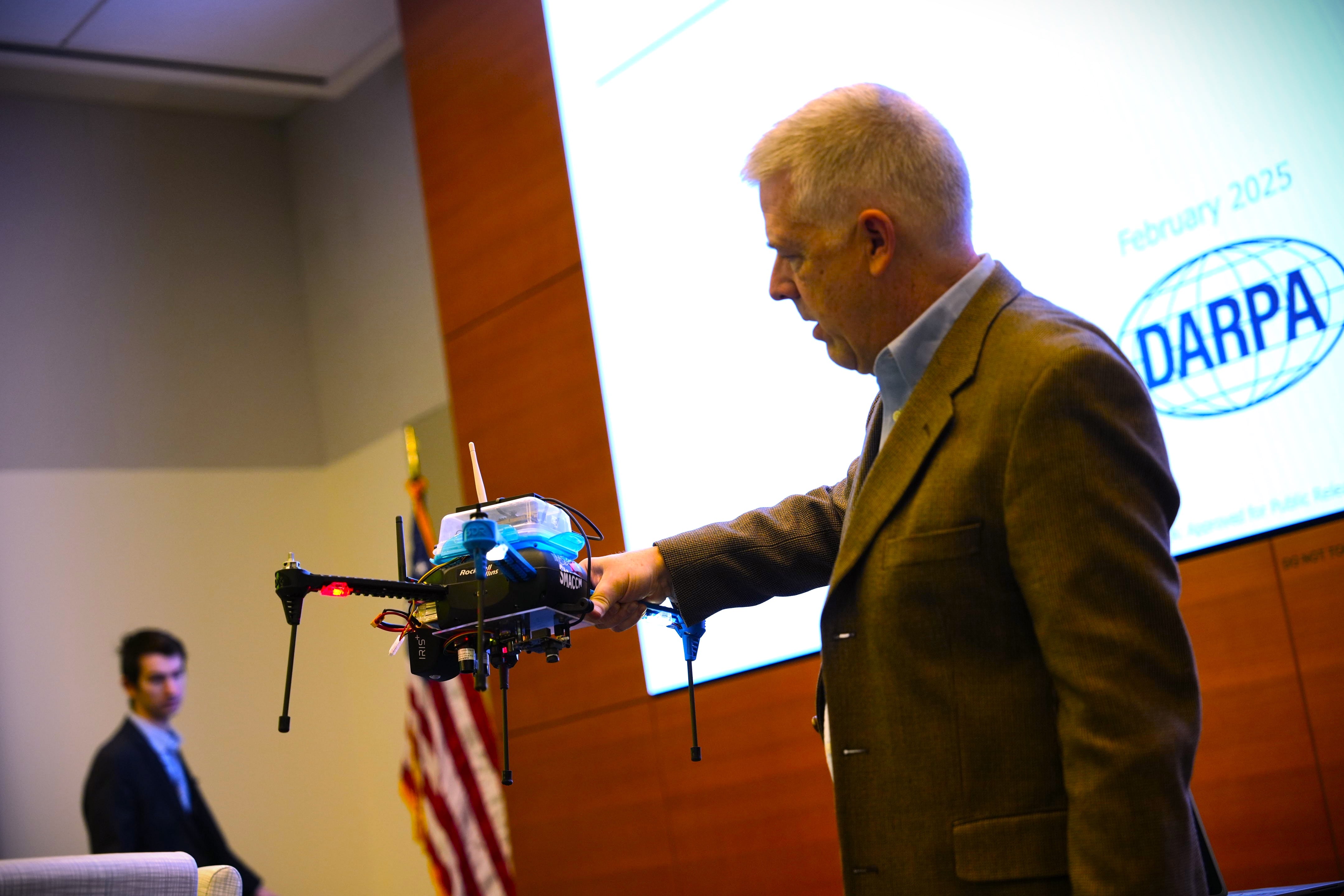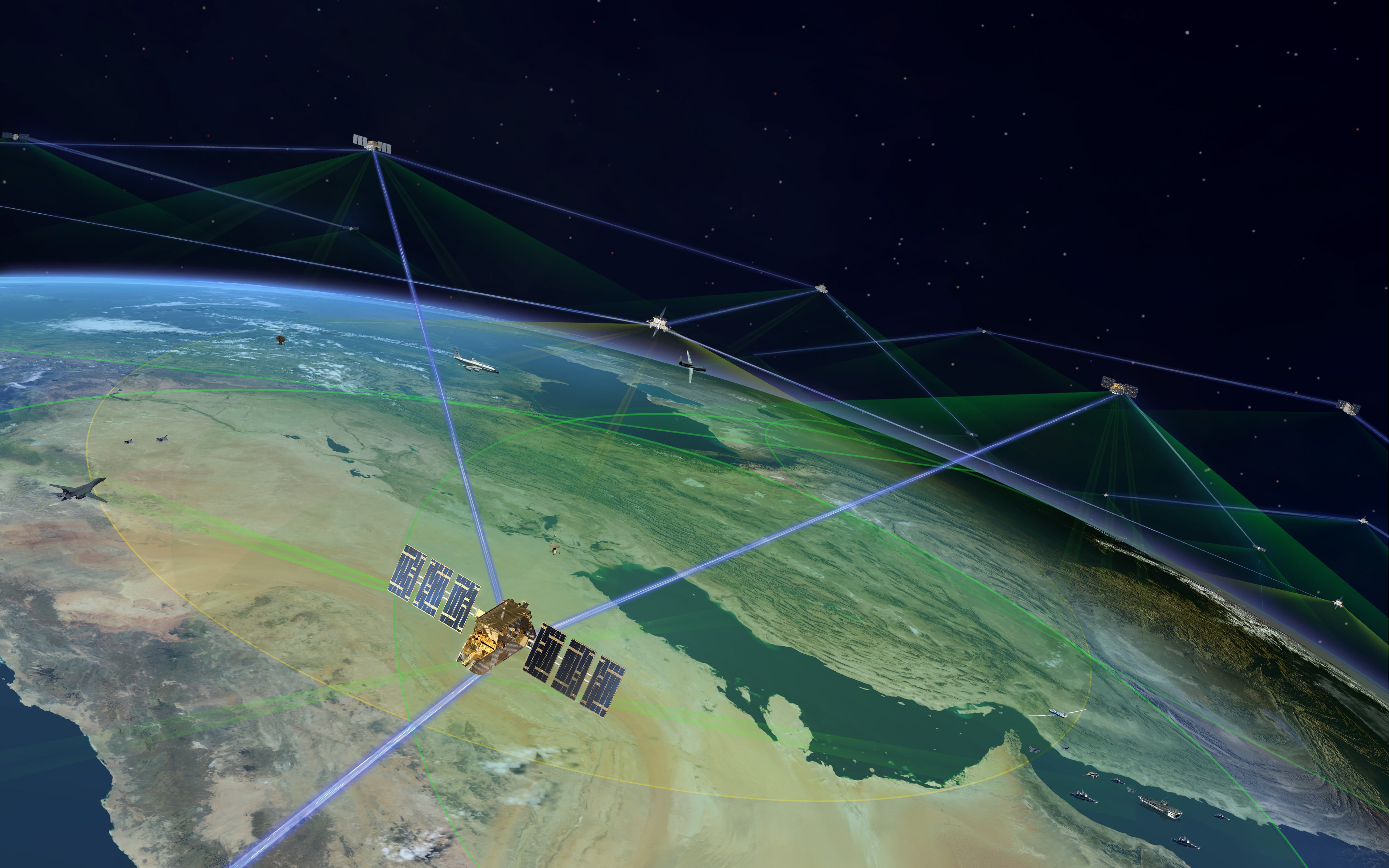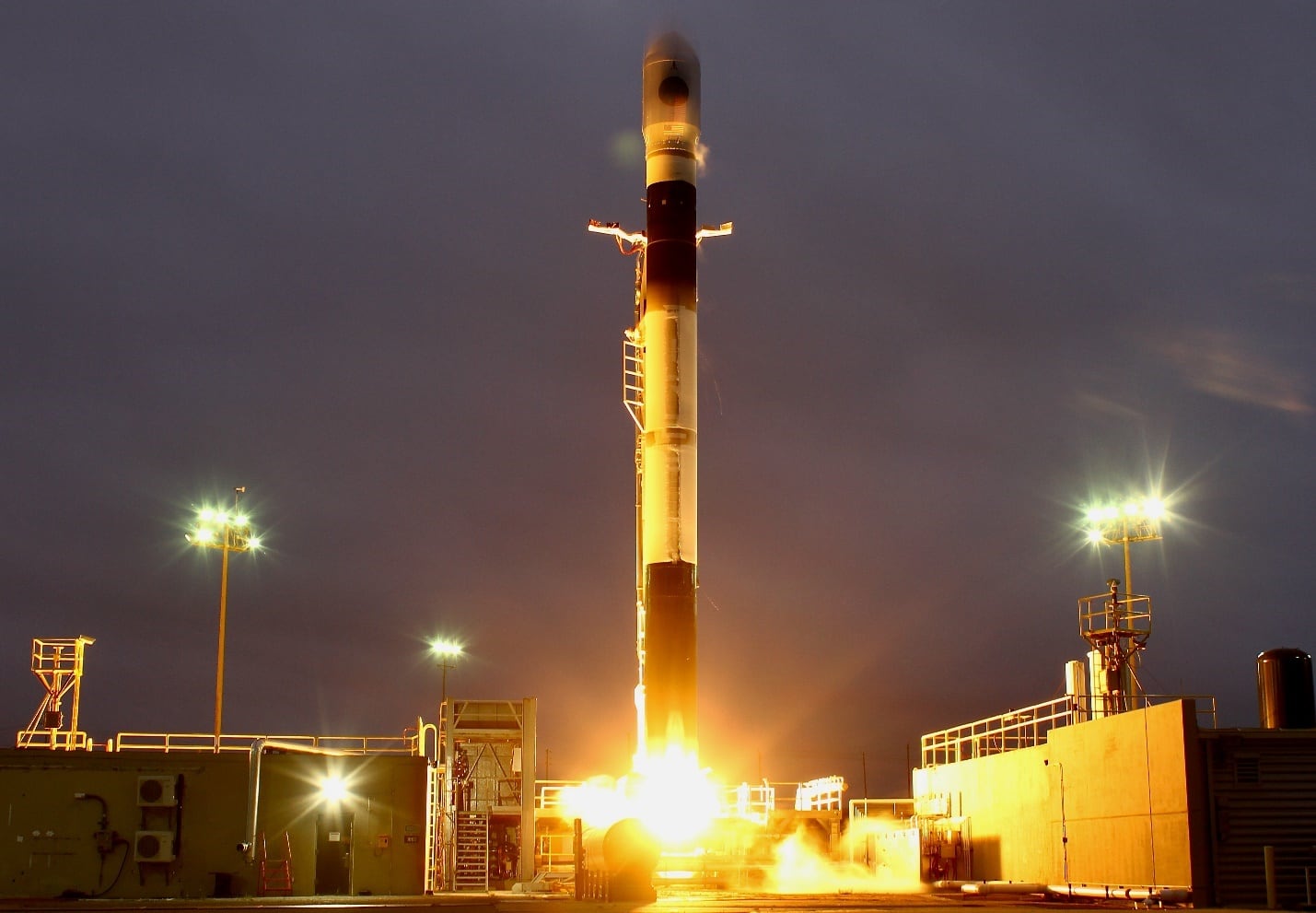WASHINGTON — Northrop Grumman will not put forward a bid for the U.S. Navy’s MQ-25 unmanned tanker aircraft, its CEO announced Wednesday.
While the specific reasoning underpinning the decision was not fully explained, it appears the Navy’s final request for proposals — released earlier this month — raised questions among executives who worried that Northrop would be unable to develop a UAV that met specifications and still delivered profit for the company.
“When we’re looking at one of these opportunities, let me be clear: Our objective is not just to win. Winning is great, it feels good on the day of an announcement, but if you can’t really execute on it and deliver on it to your customer and your shareholders, then you’ve done the wrong thing,” Northrop head Wes Bush said during an Oct. 25 earnings call.
“And we’ve worked hard over a long number of years in our company to have great clarity around what our objectives are,” he said. “When you’re entrusted by the U.S. or any one of our allied nations to do something in the defense arena, that’s a bond of trust that you can’t afford to break, and we really look hard at executability under the terms of RFPs that come out to make sure that we can execute.”
Later in the call, Bush said that “the particular nature of that final RFP,” or request for proposals, triggered Northrop to withdraw from the competition, but did not further clarify what parts of the solicitation raised eyebrows.
Financial analysts on the call quickly picked up that this is the third “no-bid” by Northrop this year for a major defense acquisition program, after earlier decisions to abstain from the Air Force’s T-X training aircraft competition — which saw the company developing and flying a prototype aircraft — and the Long Range Standoff Weapon.
Northrop’s exit from the MQ-25 program comes as a shock to the defense industry, as the company was once considered the likely front-runner for the program that evolved into MQ-25, called Unmanned Carrier-Launched Airborne Surveillance and Strike, or UCLASS.
Northrop was involved in a technology demonstrator program that was considered the precursor to UCLASS. It was widely thought the company’s stealthy, autonomous X-47B from that effort would form the basis of its UCLASS offering.
The company also had success winning other maritime UAV contests, with the Navy adopting Northrop’s MQ-4C Triton and MQ-8 Fire Scout systems.
However, the UCLASS program stagnated due to repeated delays and reviews. Two years ago, the Navy announced that, instead of UCLASS, it was looking for an unmanned aerial refueling tanker that could extend the reach of the carrier air wing and ease the burden on its fleet of F/A-18 Super Hornets.
Hornets are routinely used to tank other aircraft, so adding an unmanned tanker would, according to the Navy, free those aircraft up for other missions. The Navy’s Air Boss Vice Adm. Mike Shoemaker said in August that the MQ-25 would extend the range of the service’s strike arm by 300-400 miles.
Northrop’s decision leaves Boeing, General Atomics and Lockheed Martin in competition for the MQ-25 contract.
Because both Northrop and Lockheed Martin are pursuing tankers designed as flying wings, Northrop’s departure raises questions as to whether Lockheed’s design is in jeopardy as well, said Jerry Hendrix, a retired Navy captain and analyst with the Center for a New American Security.
“If Northrop is dropping, it‘s because they’ve looked at the requirements and decided the Navy isn’t looking for the plane they are offering,” he said.
That would leave Boeing and General Atomics — which developed aircraft designed with wings, a body and a tail — to duke it out for the contract.
Phil Finnegan, a Teal Group analyst that focuses on UAVs, said Northrop’s decision makes sense given the Navy’s transition from a high-end combat aircraft to a low-cost tanker.
“That shifted the advantage to a company like Boeing, which has focused on cost throughout the competition. Boeing is expected to use parts that are used by the F/A-18 in a bid to keep costs down. It also has considerable experience with tankers since it builds the Air Force tanker,” he said.
“General Atomics Aeronautical Systems too has focused on cost and has considerable experience with medium-altitude, long-endurance UAS since it builds the Reaper. Still, it does not have as much experience as Boeing with maritime systems,” Finnegan added.
Northrop will continue to make “significant investments” in unmanned technologies, which are becoming more and more autonomous, Bush said during the call.
“We’re just incredibly excited about it. It’s a class of capability that is finding application across the spectrum,” he said, adding that the company sees new missions evolving and potential customers gaining interest in the technology.
“We also want to make sure these systems are highly secure and that they can have the high degree of trust that would normally apply to a manned aircraft,” he said.
Valerie Insinna is Defense News' air warfare reporter. She previously worked the Navy/congressional beats for Defense Daily, which followed almost three years as a staff writer for National Defense Magazine. Prior to that, she worked as an editorial assistant for the Tokyo Shimbun’s Washington bureau.
David B. Larter was the naval warfare reporter for Defense News.








